The Role of 5G in Internet of Things Development
5G or the fifth generation of cellular connectivity became a reality in 2019 when major telecommunication companies started trial launch in the US, UK, China, South Korea and Australia. Widespread adoption of the new standard promises unprecedented benefits not only to mobile phone users but to the whole ecosystem of connected devices and IoT infrastructures that rely on cellular connectivity. In this article, we will explain how 5G and IoT are connected, what are the benefits of using 5G in Internet of Things and big data systems, and how these benefits can be applied in real business cases across different industries.
You will learn about:
- 5G networks, their specifics and perspectives
- the benefits of 5G — IoT combo
- using new communication standard in different industries
5G networks today
The buzz over 5G and the benefits of IoT and 5G used together have been on for several years already. However, real-life launches started not so long ago in only several regions and with limited coverage. So far, in the US, 4 major mobile providers offer 5G mobile connectivity mostly in densely populated areas like New York City, Los Angeles, Dallas, and Las Vegas. It’s spotty and hardly feasible in suburban parts but already shows good results when tested close to 5G nodes. Together with the world’s major telecommunication companies, Ericsson and Nokia, among others, helped develop the infrastructure to make 5G launches possible. Samsung, Huawei, Motorola, LG already sell 5G-ready smartphones, and Qualcomm and Intel provide 5G chips. Apple is expected to launch the first 5G-enabled iPhone this September. Yes, to support and truly benefit from the new standard you need to build a whole new generation of devices too. Why the fuzz and what’s so special about the new standard?
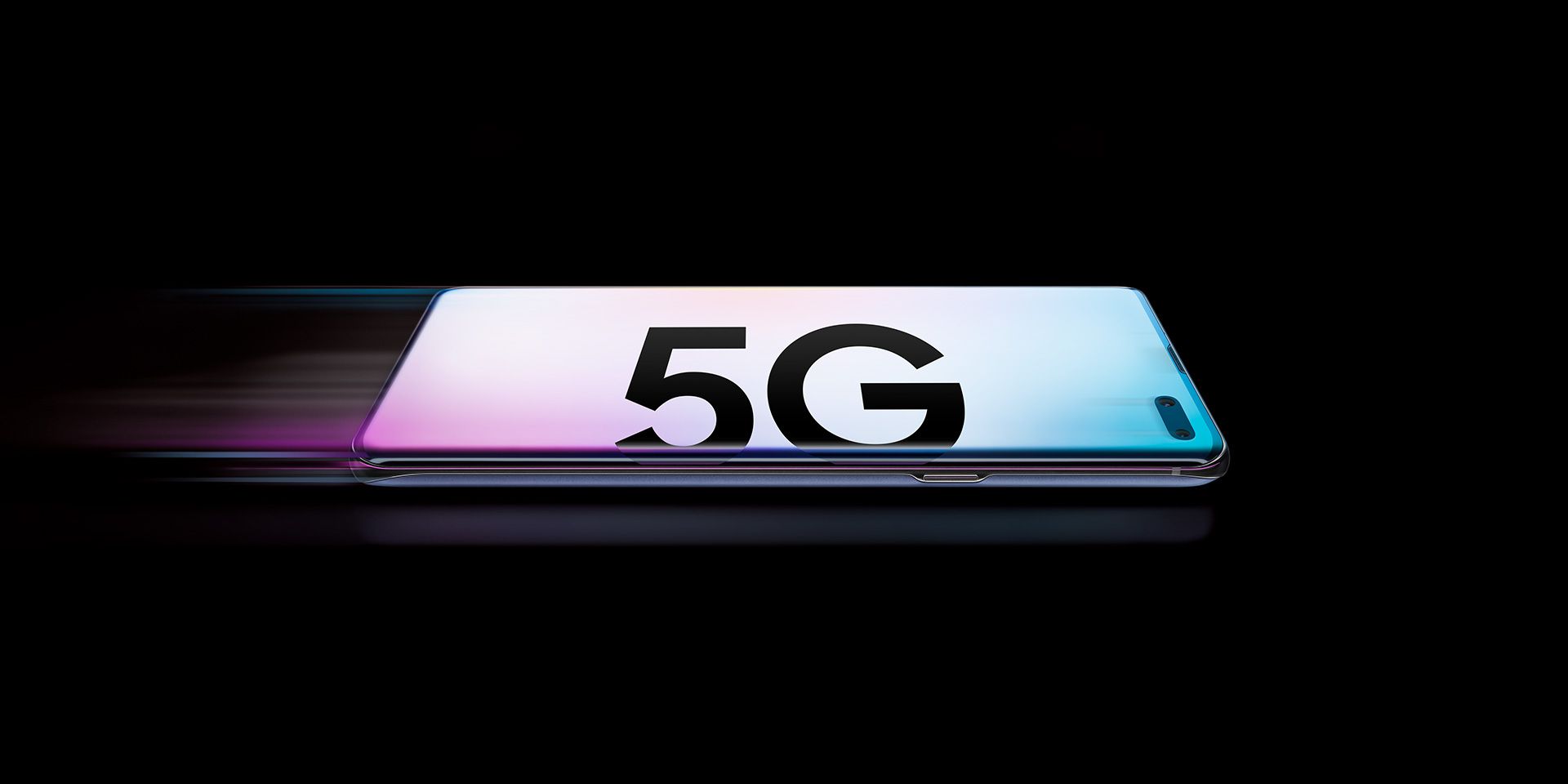
Image credit: Samsung
Benefits of 5G for IoT development
Here’s what 5G is expected to bring to an emerging connected world.
-
- 5G uses a broad frequency range, including the ultra-high millimeter waves together with the low and mid-frequency spectrum. It enables great coverage at consistently high speed and quality of connection. It’s no secret, data consistency and reliable connectivity are some of the biggest challenges in IoT development. Well, 5G could be the one to solve them.
- By high speed, we mean never-seen-before speed. The new generation of cellular connectivity is promised to be at least 10 times faster than today’s fastest mobile networks. We thought LTE with up to 100Mbps was fast. Try 1+Gbps promised by 5G providers (up to 20Gbps, according to Verizon). When it comes to 5G Internet of Things applications, increased speed is translated into enormous possibilities for latency-sensitive systems like self-driving vehicles.
- Better speed implies transferring much more data in less time. For data-intensive IoT applications (for example, real-time video streaming and analytics), reaching high bandwidth is a must, however, it implies a high cost. 5G will be a power and cost-efficient solution to handling large volumes of IoT data.
- In many IoT systems, more devices are often a good thing, because it means more data, more accurate telemetry, etc. According to Nokia estimates, 5G networks will be able to work with 10 – 100x more devices than other cellular technologies. Roughly, it should handle as many as 1 million devices per square mile. Thus, combining IoT and 5G, future connected systems can expand and build-up creating the foundation for truly smart buildings, smart city ecosystems and the whole smart industries.
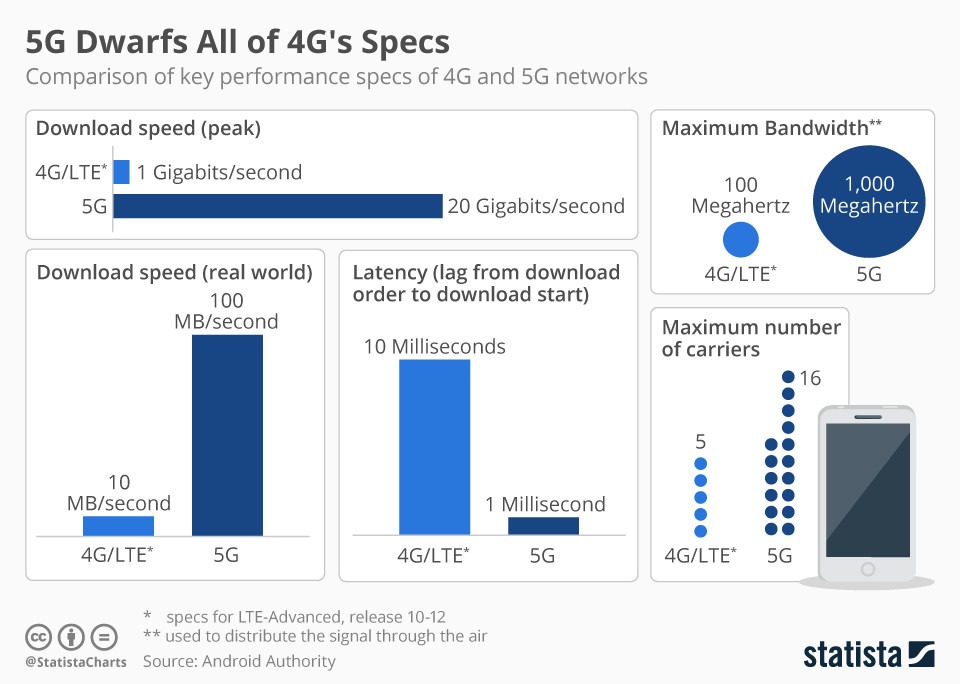
Using 5G and IoT in different industries
Basically, almost every field where IoT and big data technologies are integrated in one way or another will benefit from a faster, more efficient IoT connectivity option. However, some industries will be able to make significant leaps forward with 5G and IoT combo.
Read: Edge computing in IoT
Transportation
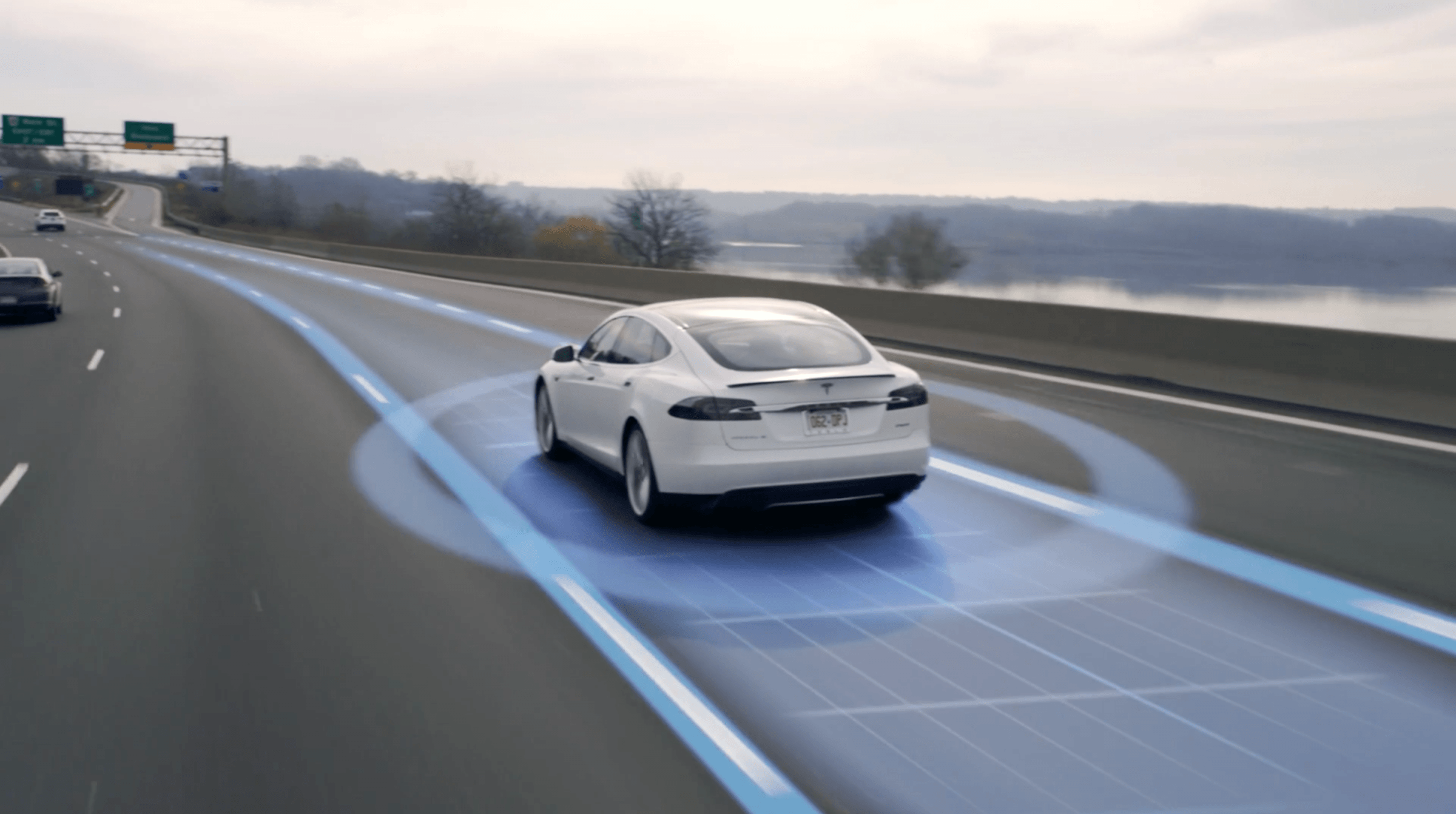
Traditionally, 5G is considered a much-awaited standard that will push the whole sector of self-driving cars and trucks to faster development and roll-out. This is one of the best 5G IoT use cases where extremely low latency is the basis of successful implementation and required security. 5G offers less than a millisecond latency, which should be enough for an autonomous vehicle to avoid an accident or make a routine decision on the road. On a broader scale, the new standard could become the core of the whole transportation system and city logistics, including public transport, delivery drones, advanced air and marine transport, traffic monitoring and control, etc.
Healthcare

Connected healthcare is another gem for 5G applications in IoT. In fact, 73% of healthcare professionals believe the integration of 5G will be revolutionary for the industry and will open new opportunities for previously unavailable healthcare applications and products, especially in telemedicine and other remote medical services. In particular, high-speed, low-latency 5G connectivity can become the basis for the remote control of highly-sensitive medical devices used for diagnostics and even surgeries. Combined with AR, VR and haptic technologies, the new communication standard can also become the enabler of the new generation of telemedicine, virtual examination and doctor appointments, remote therapy and rehabilitation.
Manufacturing
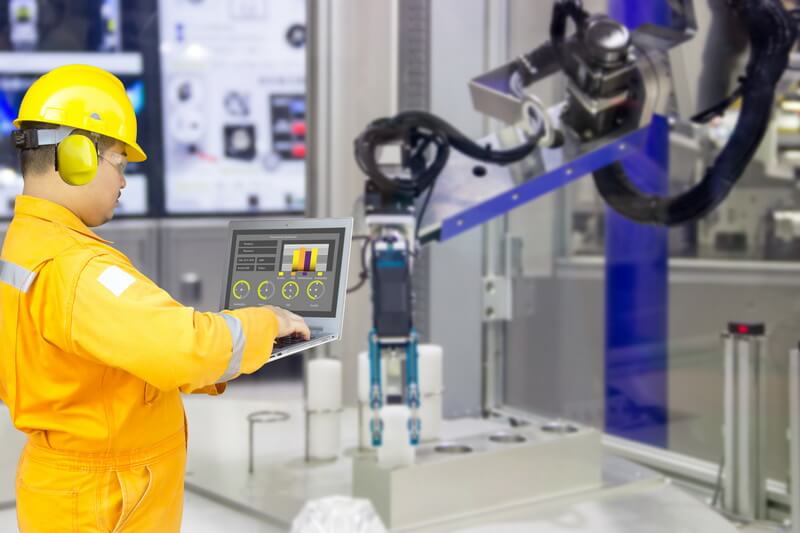
Manufacturers, as well as other heavy industry companies and large enterprises, could be the next most important adopters of 5G and the Internet of Things, primarily, because of the big savings these digital technologies bring to this sector. We already observe the growing role of predictive maintenance, robotics, wearables and other technologies in manufacturing processes. There’s room to grow. Even though many processes performed at a modern factory are already automated, there’s still a good deal of sensitive work performed manually by people. This is usually the kind of work associated with rigid workspace safety regulations, costly insurance and extremely high price for a mistake of negligence. As in healthcare and transportation, fast and reliable 5G can become the foundation of the new generation of smart machines, effective M2M communication, faster problem detection and solving and remote control of machine and equipment in a dangerous environment (high temperature, high toxicity, etc.). It will bring automation in manufacturing to a new level ensuring safety for the people and durability for the machinery.
Read: AWS IoT, Microsoft Azure and Google Cloud IoT: comparison of different IoT platforms
Clean energy
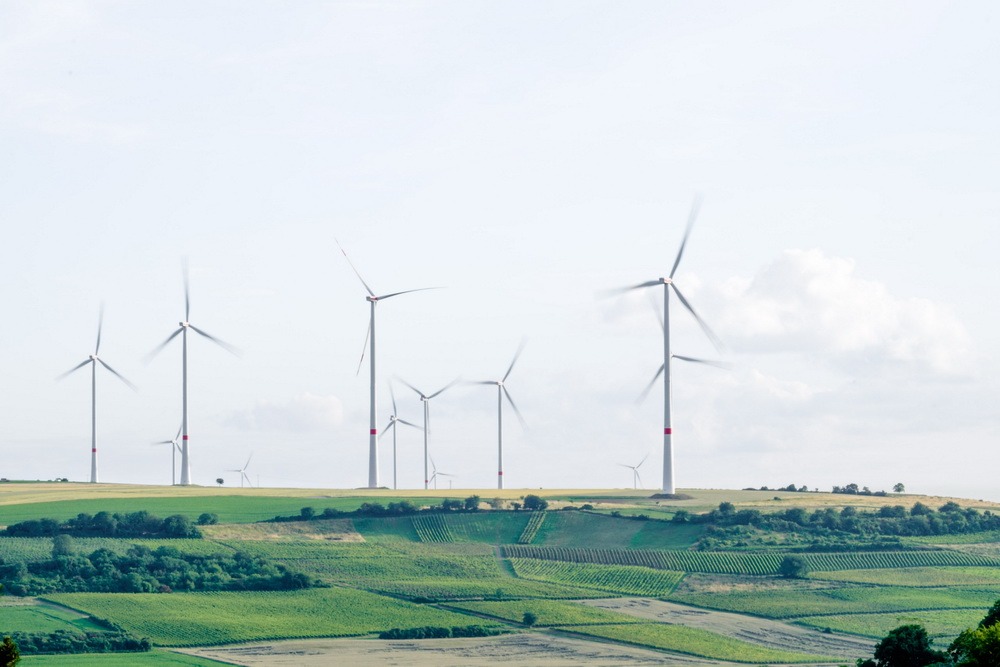
Innovation in this sector has a serious impact on the wellbeing of the ecosystems, nations and the planet as a whole. Optimizing processes, increasing efficiency and adopting clean energy technology are the important steps to fight the pressing climate issues. The combination of 5G wireless networks and IoT technology are the means to make these steps. IoT-based monitoring tools are already the integral parts of smart grids, solar and wind farms and other cleantech. These technologies ensure large wind and water turbines and PV modules function properly, are well-maintained and work efficiently. However, water, wind, solar, geothermal sources of energy are unpredictable. Fast sensor data communication, analytics and autonomous decision making are the means to respond to constantly changing conditions in cleantech. This is relevant not only at the energy generation and distribution stage but also along the whole energy cycle, including power consumption monitoring and control.
IoT Development Solutions with Digiteum
Digiteum team has solid experience in harnessing the potential of IoT and big data technology and integrating smart systems into business processes. If you are interested in outsourcing IoT development and looking for skilled software architects and engineers to help you implement your project, contact Digiteum.




